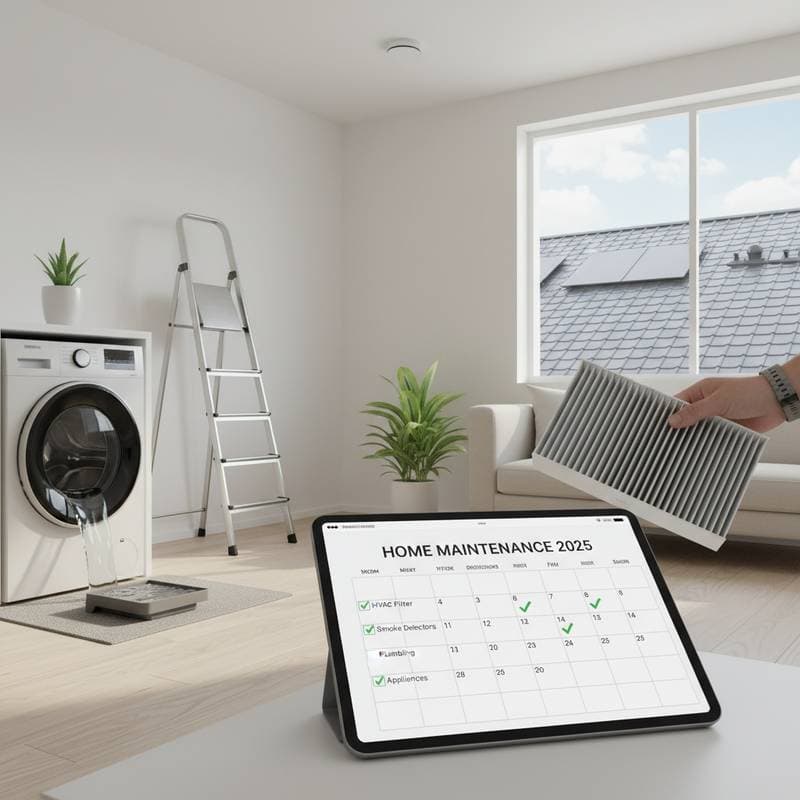Pool Preparation Fundamentals for an Optimal Summer Experience
Opening a pool for the summer season brings anticipation rather than anxiety. Proper preparation maintains clear water, ensures equipment operates efficiently, and allows uninterrupted enjoyment of swims. Thoughtful planning avoids expensive repairs and preserves the pool as a safe, welcoming feature throughout the season.
This guide details each essential step prior to the initial use. It addresses cleaning, chemical balancing, equipment verification, and ongoing schedules to establish a foundation for reliable performance.
Comprehensive Step-by-Step Pool Opening Protocol
Execute these steps in sequence to facilitate a seamless and secure pool activation:
-
Remove the Cover with Precision
Clear surface debris using a soft-bristled broom or leaf blower. Employ a submersible pump to drain accumulated water. Fold the cover methodically upon removal, then allow it to air dry completely before storage. Such practices inhibit mildew formation and prolong the cover's durability. -
Examine the Pool Structure Diligently
Circumnavigate the pool perimeter to identify cracks, dislodged tiles, or irregular deck surfaces. Inspect the interior for discoloration or liner distortions. Prompt identification enables minor repairs that avert escalation of issues. -
Conduct Thorough Cleaning Operations
Deploy a pool vacuum or leaf net to extract bottom sediments. Scrub walls and steps vigorously to dislodge algae or embedded grime. Activate the pump for multiple hours to promote water circulation during the cleaning process. -
Reconnect and Evaluate Equipment Components
Reinstall pumps, filters, ladders, and heaters previously detached for winter storage. Assess hoses and seals for signs of deterioration. Secure all connections and substitute any compromised elements. Apply lubricant to O-rings to enhance sealing integrity. -
Restore Water to Optimal Level
Introduce fresh water until it aligns with the midpoint of the skimmer aperture. This configuration supports efficient pump operation and precludes air ingress into the filtration system. -
Assess and Adjust Water Chemistry Parameters
Utilize test strips or a digital analyzer to measure pH, total alkalinity, and chlorine concentrations. Aim for a pH range of 7.2 to 7.6, with alkalinity between 80 and 120 parts per million. Incorporate appropriate balancing agents to achieve equilibrium prior to use. -
Administer Shock Treatment
Introduce a chlorine shock product to eliminate accumulated contaminants and eradicate bacterial growth from the off-season. Operate the filter continuously overnight, then re-evaluate chemical levels the following day. -
Service Filters and Skimmer Mechanisms
Evacuate debris from skimmer baskets, flush cartridge filters with water, or backwash sand filters as needed. These actions optimize water flow and sustain clarity. -
Verify Safety Features
Confirm the stability of ladders, handrails, and protective covers. Ensure availability and condition of life preservers, alarms, and perimeter fencing. -
Initiate System Operation and Monitor Performance
Engage the pump and filter for a complete 24-hour cycle. Observe for fluid leaks or anomalous sounds. Cease operations immediately if irregularities appear, and investigate the underlying cause.
Financial and Temporal Aspects of Pool Activation
Pool opening demands initial outlays for chemicals and inspections, yet proactive measures forestall substantial future costs. A comprehensive startup chemical kit typically expenses far less than an urgent service intervention for algae-infested water. Consistent self-maintenance further diminishes reliance on professional services.
Engaging a certified pool specialist incurs higher upfront fees but verifies the peak efficiency of filters, heaters, and pumps. Numerous owners adopt a combined strategy, handling routine cleaning independently while arranging expert evaluations one or two times per season.
Visualize potential savings through a bar chart that contrasts chemical kit expenditures against those for emergency cleanings or part replacements. Alt text: Bar chart illustrating pool maintenance kit costs relative to repair and service charges.
Professional and Practical Perspectives
Seasoned pool technicians recommend initiating water circulation prior to chemical additions. Active flow distributes treatments uniformly and mitigates concentrated deposits.
Experienced owners emphasize routines such as weekly filter rinsing and deployment of covers during intense weather events to minimize upkeep demands. Several individuals note that logging chemical readings via a dedicated application or journal facilitates consistent monitoring and adjustments throughout the season.
Maintaining Superior Pool Condition Year-Round
With the pool operational, adherence to a structured regimen proves paramount. Adhere to designated cleaning and testing intervals, and address deviations promptly. Routine brushing, chemical equilibrium, and filter hygiene reduce unexpected demands and extend leisure time.
In regions prone to storms or abundant foliage, a mesh cover during non-use periods effectively blocks debris while permitting ongoing filtration.
Relish the transparency of the water, functionality of lighting, and reliability of the pump. When preparation aligns with diligent oversight, the pool delivers excellence from the inaugural sunny day through the final evening dip.





